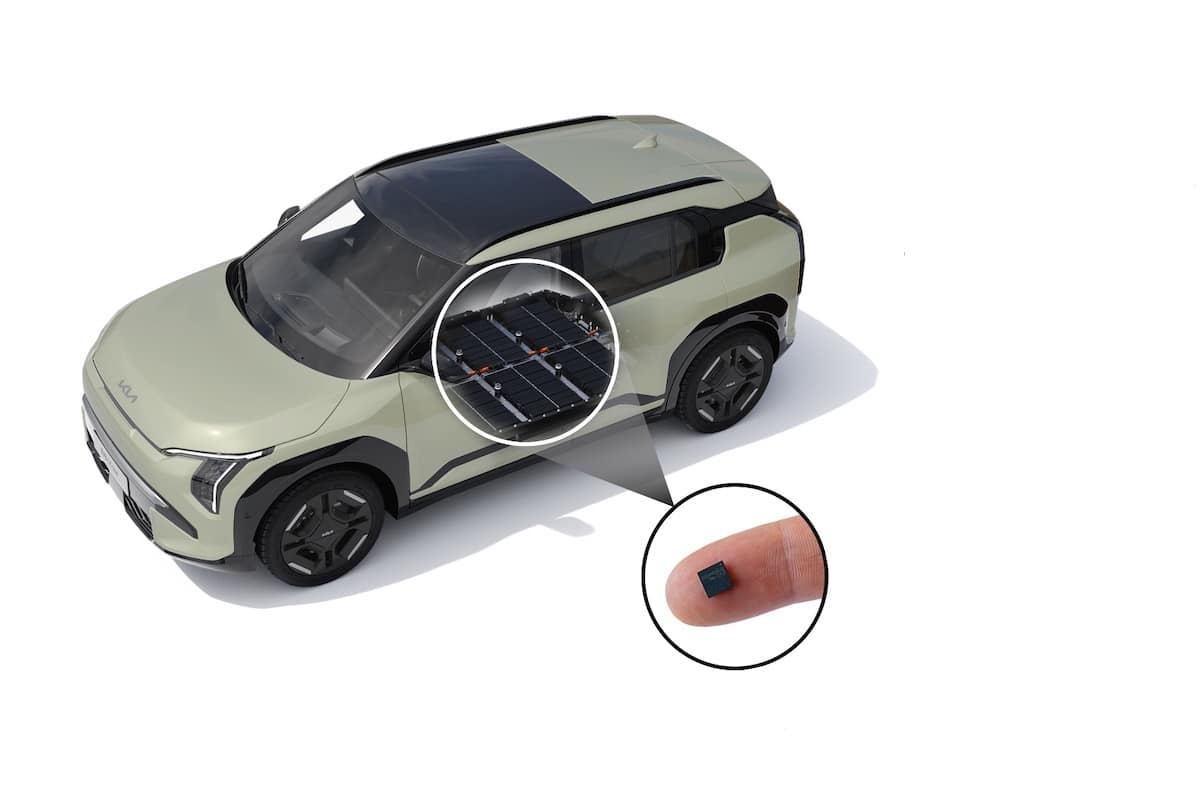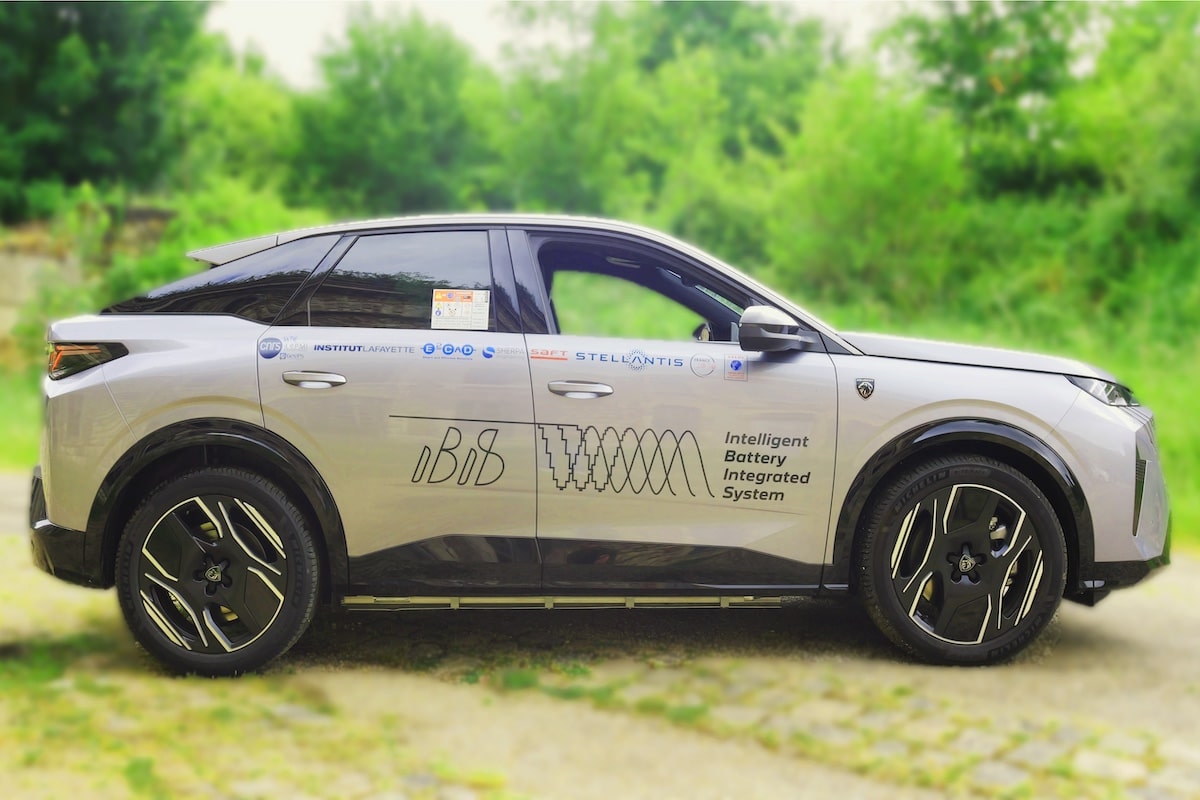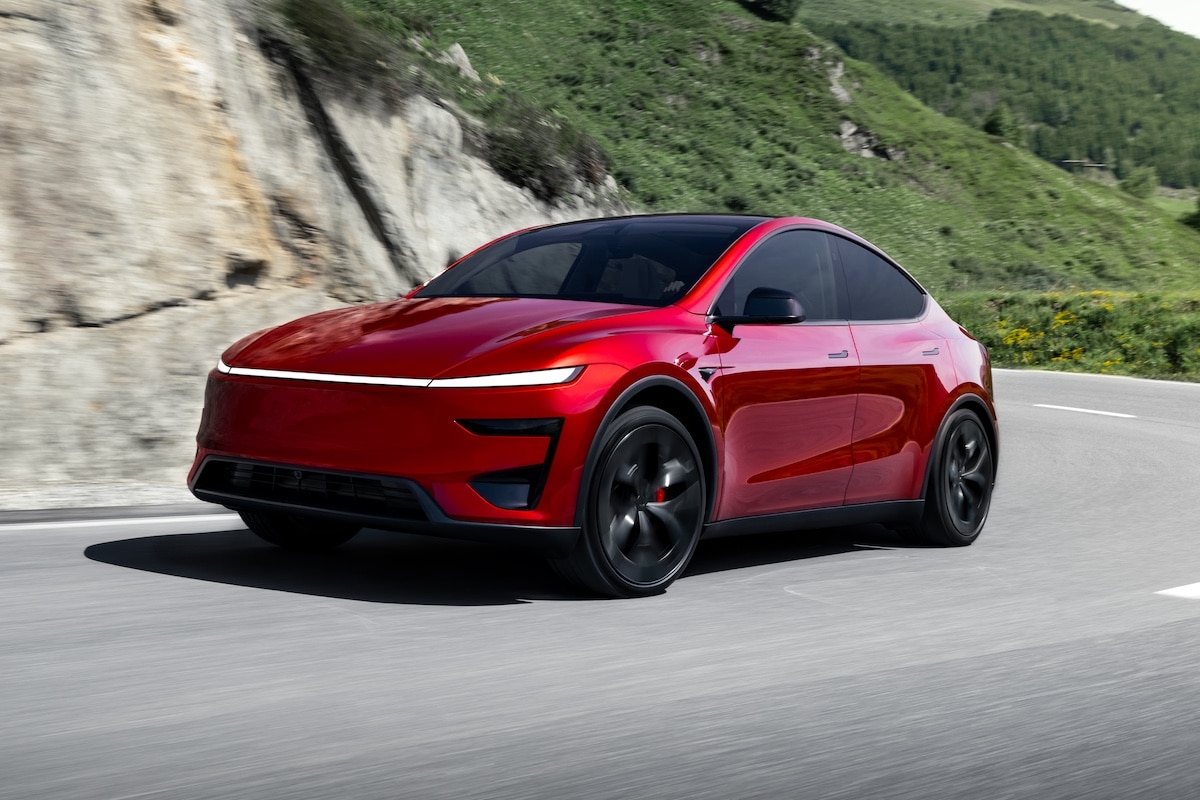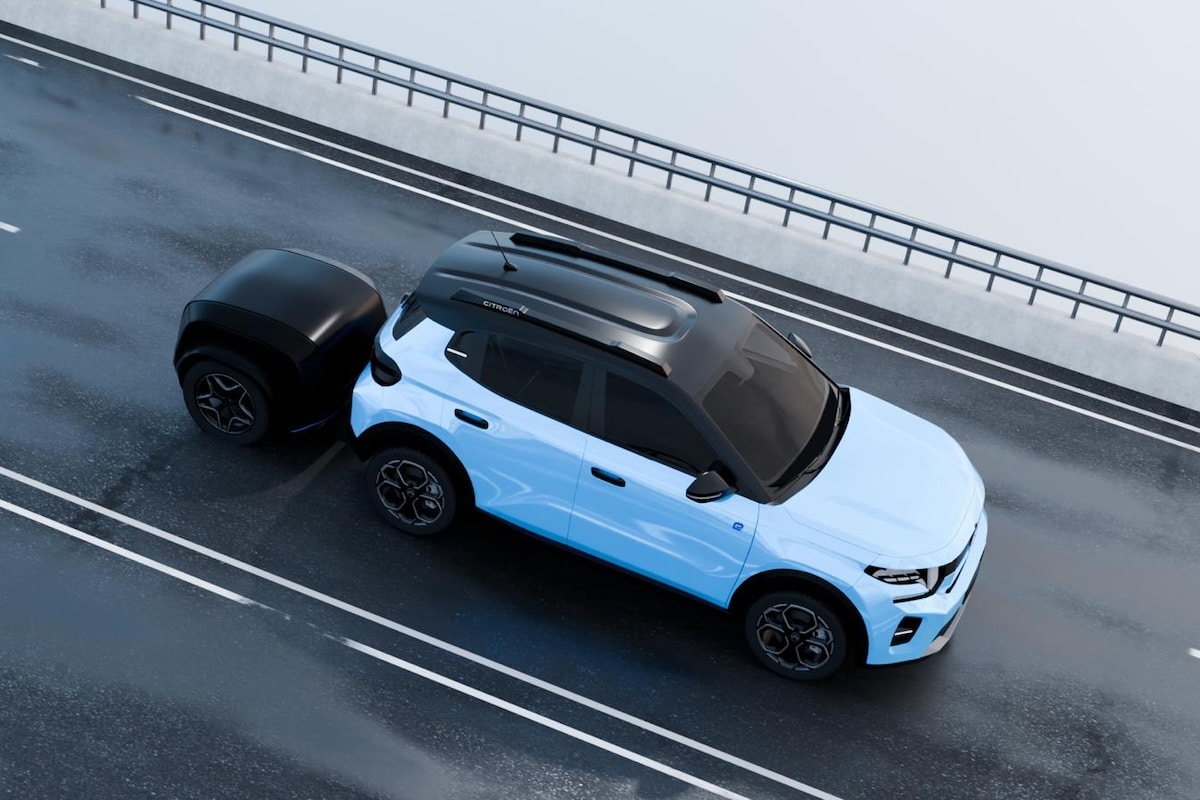Renault assures it can reduce the price of its cars by 20%
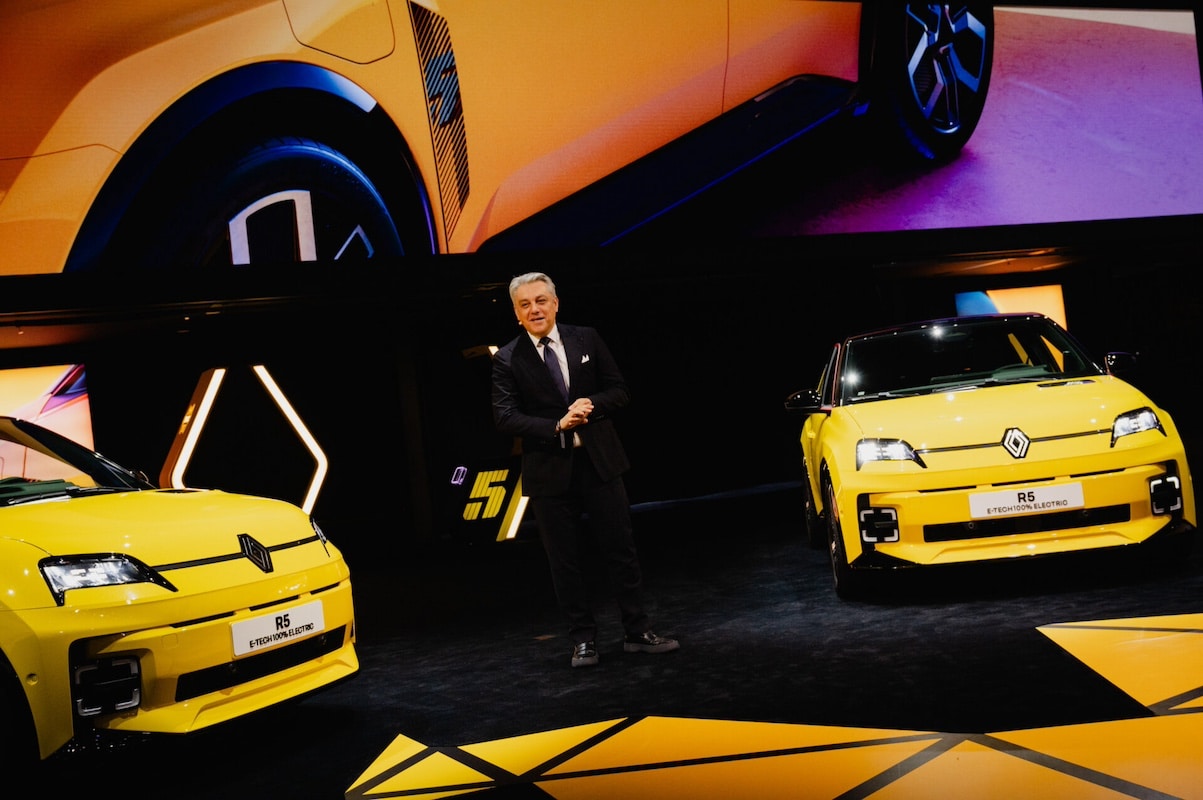
Ampere, the electrical technology subsidiary of the Renault Group, is aggressively working to reduce vehicle costs.
Following current trends and a bit of common sense, Ampere will expand its battery offerings for the Renault Group by integrating LFP (Lithium Iron Phosphate) technology alongside the currently used NMC (Nickel Manganese Cobalt). –> What are the differences between NMC and LFP batteries?
Ampere can rely on the expertise of its partners CATL and LG Energy Solution, who will supply the LFP batteries for several models from the Renault and Alpine ranges until 2030. Meanwhile, the teams at Ampere and LG have accelerated the development of “Cell-to-Pack” technology. This innovation allows for increased vehicle range by integrating more cells. These cells are no longer arranged in modules that are assembled as needed, but are directly integrated into the main housing. Fewer components lead to a reduction in battery costs over time. However, it is impossible to use this technology for a structural battery directly integrated into the chassis rather than mounted on it. The weight and rigidity are affected, but this is not a major issue for Renault’s range, perhaps a bit more so for Alpine and its sports models.
Batteries are assembled in Hauts-de-France, at the battery workshop of the Douai manufacture. According to Ampere, the integration of LFP and “Cell-to-Pack” technologies will reduce battery costs and thus vehicle costs by about 20% starting in early 2026.
ALSO READ: Soon Renaults with Chinese engines and Saudi fuel?
This page is translated from the original post "Renault assure pouvoir baisser le prix de ses voitures de 20%" in French.
We also suggestthese articles:
Also read
